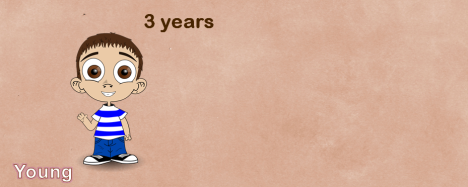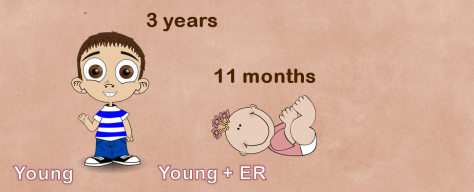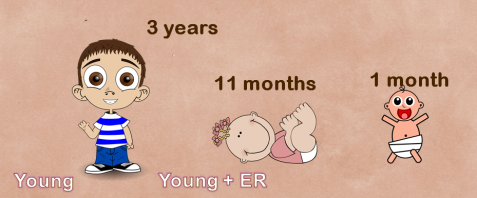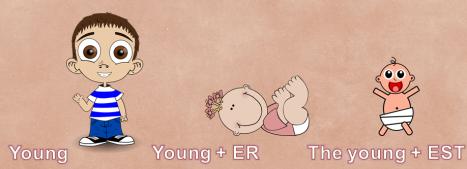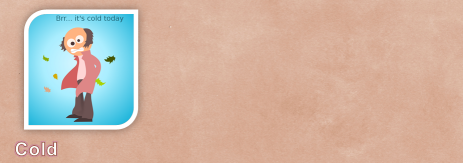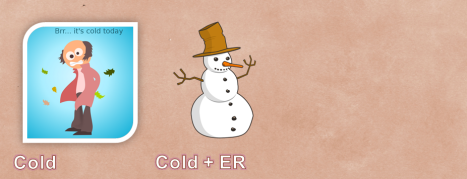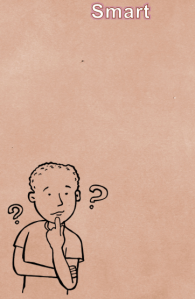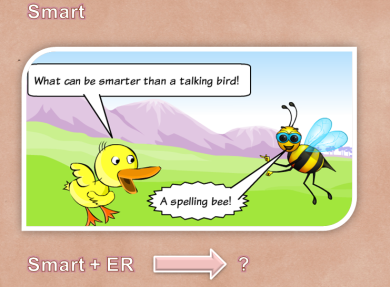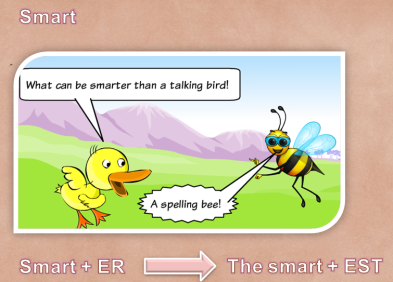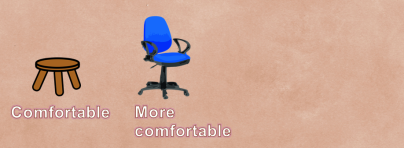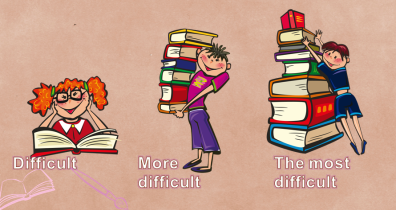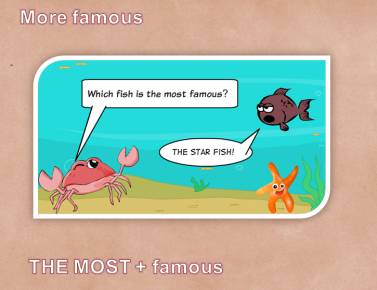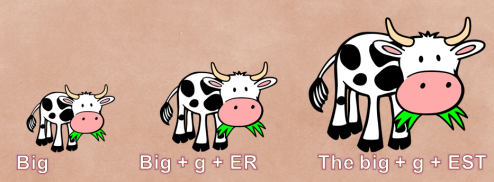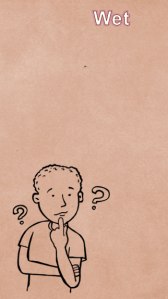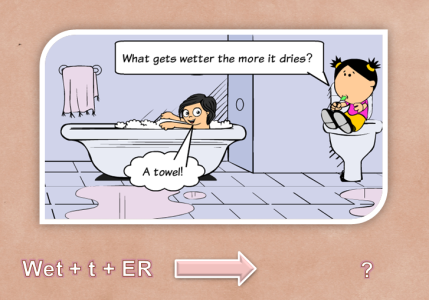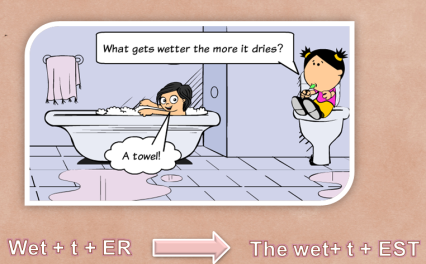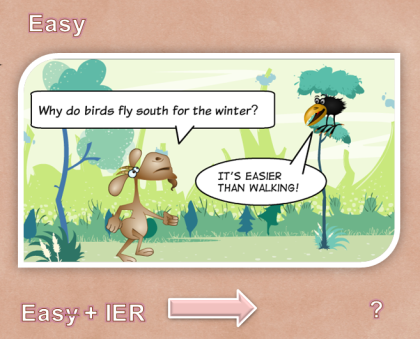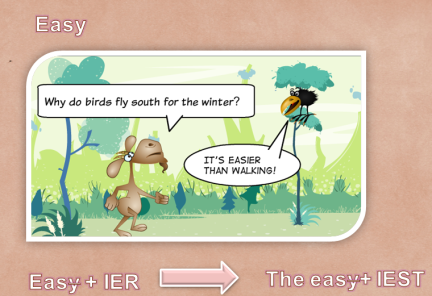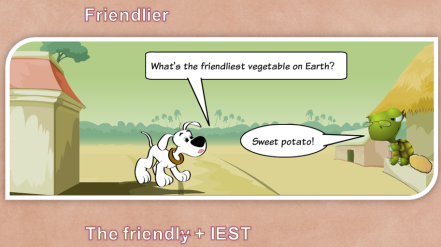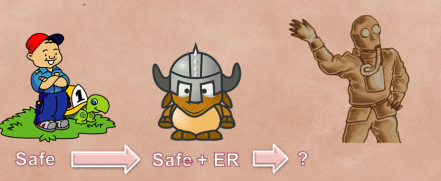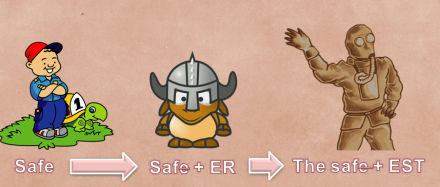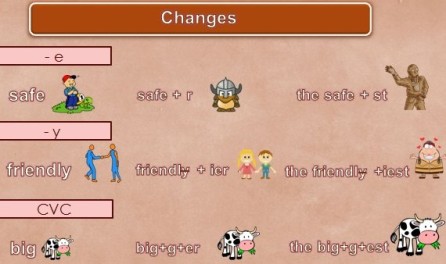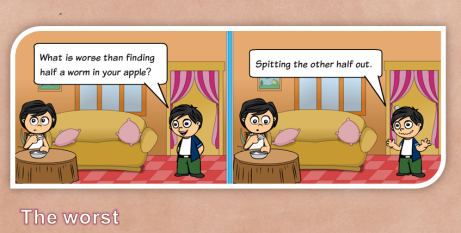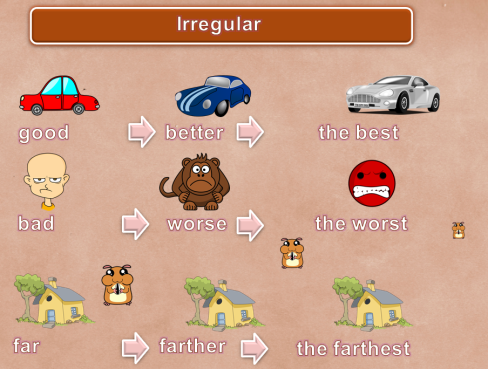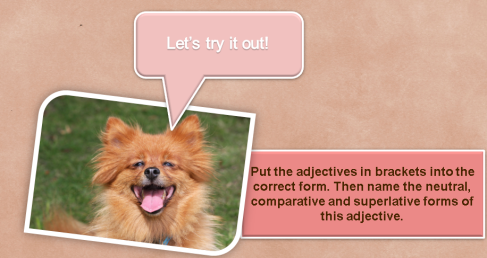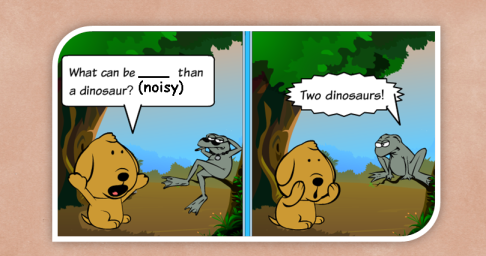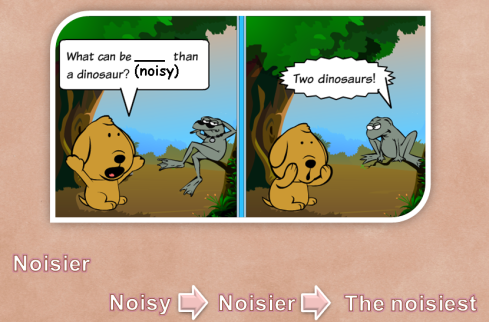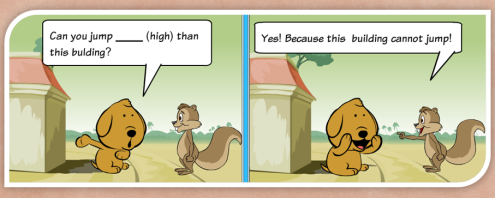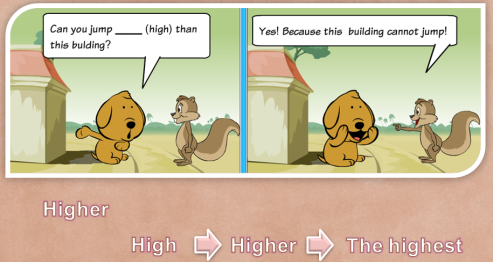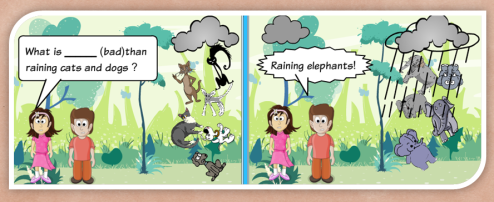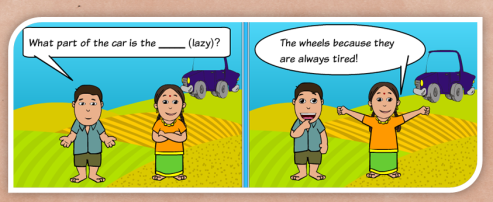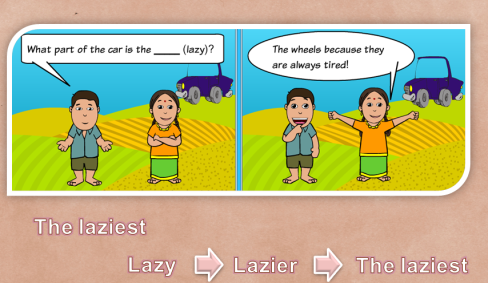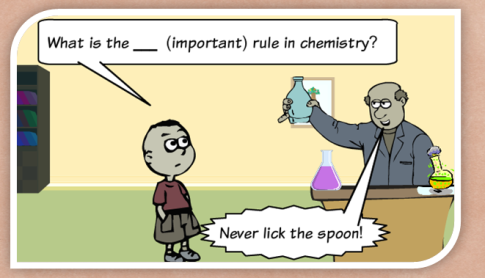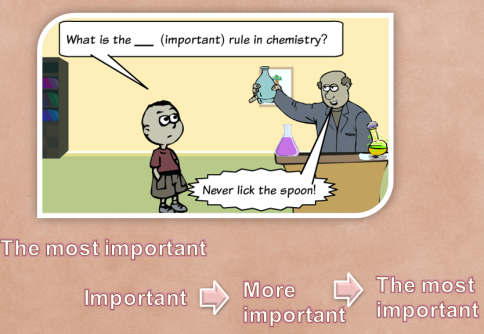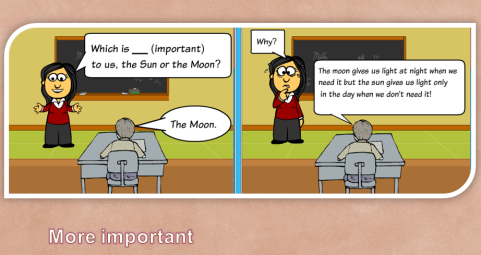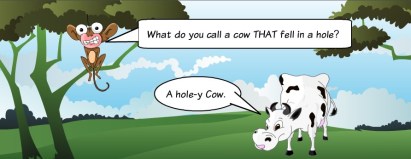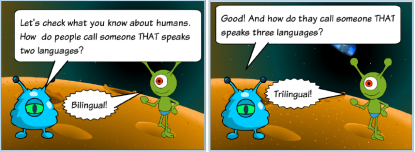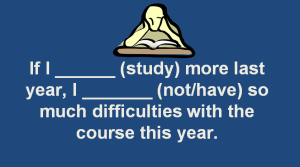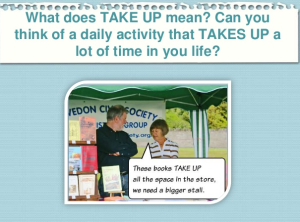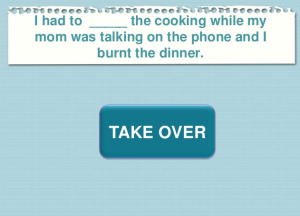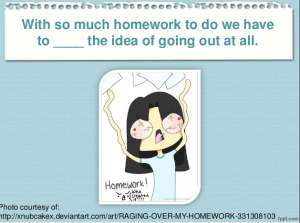Category Archives: PPT
Adjective to Describe Personality and Appearance – Two Activities and a Matching Game
Previously I shared several ideas for speaking activities on fashion and appearance which can be found here.
In this post I want to concetrate on the vocabulary to describe appearance and personality. All three activities have been desined for B2 students and have been successfully used in my classroom.
The first activity is picture based and is aimed at introducing or reviewing adjectives to describe clothes. Check it out in a slideshow below.
Students need to choose the correct adjectives to describe the clothes in each of the pictures. Sometimes more than one adjective can be used to describe a picture.
The next activity is aimed at reviewing the adjectives to describe appearance, the task of the students is to complete the sentences with the correct adjective from the box.
And finally a matching game with compound adjectives.
You can read the description below or download it here together with the cards: Compound Adjectives To Describe personality and Appearance – Matching Game
| Cmpound Adjectives To Describe personality and Appearance – Matching Game | |
| Aim: | To practice compound adjectives related to personality and appearance |
| Interaction: | Individually or in groups of up to 3 students |
| Exercise type: | Matching |
| Language: | B2 |
| Time: | 7-12 minutes |
| Materials: | A set of cut up cards for a person or for a group |
| Procedure: |
Have Fun! |
Have fun learning and leading in the classroom! 🙂
Grammar with comics and jokes: Comparative and superlative degrees of adjectives + comic-strip style exercise
You can also hear me going through the slideshow in a video that was made for the university I am currently teaching at.
Relative Pronouns with comics and jokes: who, which, that, when and where
We use WHO to give more information about people.
And WHEN for time.
NB! When we add more information about something by using a relative clause, we use the article THE, not a/an
If you want to see all this gathered together and more, then check the grammar s-show below that I created for my B1 students. I used comic strips and jokes to explain and to illustrate the use of relative clauses and relative pronouns. As always, at the end of the slideshow there is an exercise to practice the skills and to check understanding.
You can also hear me going through the slideshow in a video that was made for the university I am currently teaching at.
To Like and To Be Like
“What does she like?” and “What is she like?”
These two questions can be very confusing for learners. This slideshow will bring some clarity to the use of “To Like” and “To Be Like”.
The slideshow also includes an exercise to practice the skills and to check the understanding.
You can also hear me going through the slideshow in the video that was made for the university where I am currently teaching:
USED TO for past habits and routines
I made this slideshow to explain the use of USED TO to my B1 students, it seemed to help them quite a bit.
The slideshow also includes a gap-fill exercise to practise the skills.
You can also hear me going through the slideshow in the video that was made for the university where I am currently teaching:
Using too much/too many, (not) enough and very
Being able to express the reason, cause and result of actions is essential in any language. In English we use too, (not) enough, very, too many and too much for this purpose and they can be pretty confusing for learners. The following slideshow clearly explains the difference between them and includes a gap-filling exercise to practice the use of each in real context.
You can also hear me going through the slideshow in the video that was made for the university where I am currently teaching:
Conditional sentences, type 0, 1 and 3 – Grammar game
| CONDITIONAL BATTLE FIELD | |
| Aim | To practise the use of conditional sentences type 0, 1 and 2 |
| Interaction | Groups of 3, 4 or 5 students |
| Exercise type: | Filling in the gaps, correcting mistakes |
| Language: | B1 |
| Time: | 15 – 25 minutes |
| Materials: | A marker and a whiteboard, a set of question cards for the class. |
| Procedure: |
|
The game is available from download from Slideshare and here >>> CONDITIONAL BATTLE FIELD
Conditional Sentences – Grammar Game
The aim of the game is to practice the use of conditional sentences type 0, 1 , 2, and 3 as well as mixed conditionals.
The game is designed for upper-intermediate students, but you can easily modify the questions.
The game includes three types of questions:
1. Filling in the gaps, where players need to put the verbs in brackets in the correct form (Fill category);
2. Finding and correcting mistakes. Each sentence in this category has a mistake or two in the use of conditional sentences, the task is to find the mistake(s) and to correct it/them (Fix category);
3. Choosing the most suitable option out of two (Choose category).
The game has a main screen with a Jeopardy board, the students select the type of question and its value (more difficult questions value more) and click on a corresponding button.
This will take a student to a question slide. When the students give their answer, click on the question mark button in the bottom righ-hand corner, this will take you to an answer screen.
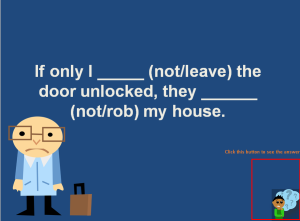
On the answer screen, click on the house icon to return to the main screen with the jeopady board.
Have fun learning and teaching!
Click here to download the editable Conditional Sentences Grammar Game > Conditional Sentences Jeopardy 1, 2, 3
Conditional Sentences Type 0, type 1 and type 2 + exercises
The slideshow covers the cases of use and the structure of Conditional sentences type 0, type 1 and type 2, it also explains the differences between each type and includes a gap-fill exercise to practice all three types of conditional sentences.
And here is another comics-style exercise to practice the use of conditional sentences type 2 (unreal present, regrets about the present).
And here is a matching exercise to practice the use of conditional sentences type 0, 1 and 2. You need to match the phrases on the left with the phrases on the right to make sentences. You also need to put the verbs in brackets into the correct form to make conditional sentences type 0, 1 or 2.
You can cut it up for bodily-kinesthetic learners so that they can move the parts of the sentences and line them up on the table to make conditionals.
The hand out is available for download from slideshare and from here >>
Phrasal verbs with TAKE and GIVE + exercise
The slideshow covers 6 phrasal verbs with TAKE and GIVE and includes exercises to practice them.
The presentation covers the following phrasal verbs:
take over
take up
take back
give back
give in
give up
The phrasal verbs are introduced with the help of comics and the built-in exercises will get the students thinking and applying these phrasal verbs in real context.




